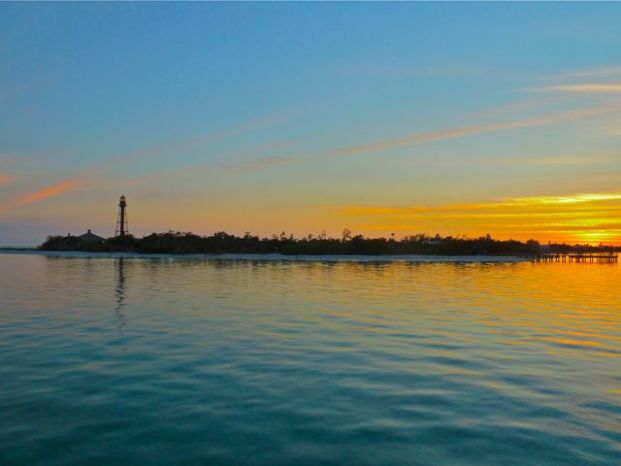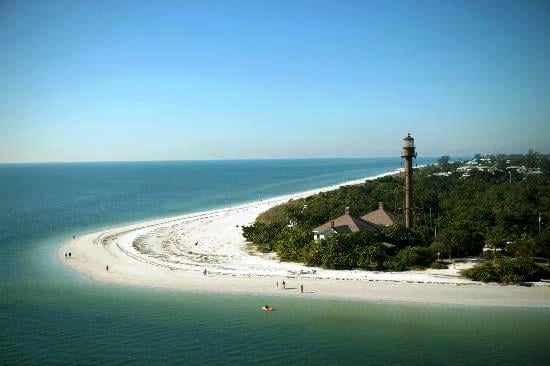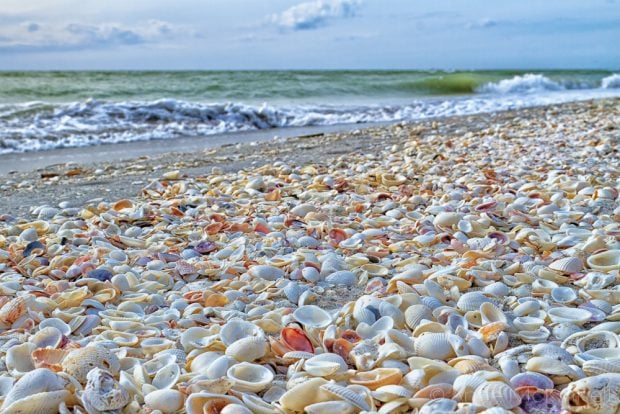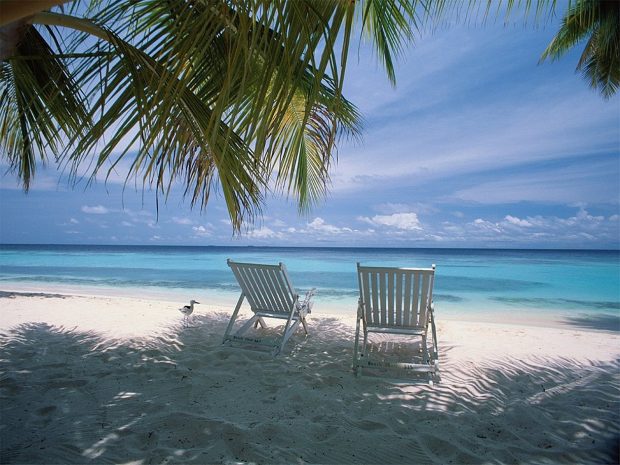Sanibel Island, found on the western or Gulf of Mexico coast of Florida is best recognized for its beach locations along with a plethora of seashells. USA Today named Sanibel Island in their list of top ten beaches in the United States, and yes it brings in visitors from all around the globe.
After large-scale winter storms or hurricanes is most likely the best time used for seashell hunts. Mollusks in the gulf die and their exoskeletons plunge towards the gulf’s bottom. When storms blow across the Gulf shells usually are brought in by it, plus the longer it is between these storms the larger the treasure trove of shells.
What makes this island stand out due to its enormous number of seashells? These factors are offered the credit for the phenomenon.
1. The direction for Sanibel Island. Nearly all barrier islands are oriented south and north. Sanibel is really a large beach that’s oriented for the most part east-west.
2. The contour with the island. Sanibel Island has a curled shape, so the island works like a large shovel gathering up seashells when they come in from the West.
3. Sanibel Island is sort of a big table. Being a plateau that expands into the Gulf for many miles, this island functions like a shelf where seashells can accumulate.
The weather on Sanibel Island is held to be subtropical, with daily top temps in midwinter averaging about 75 degrees Fahrenheit to about 55 degrees during the night. The January through April period of time will be the peak visitor season, and there’s minimal rainfall within these months.
Throughout the summer season the temperature will get to in the 90s with a lot of humidity, however there is going to be sea breezes plus almost daily afternoon or evening rain showers. Most of the hurricane activity will happen in September and October, but these haven’t been a major issue over the past several years.

1. Seashells. Since this is likely why you’re traveling there in the first place, hit the coast at dawn prior to when the best shells are consumed. This is additionally a wonderful time of day for being by the water. Also, visit the Bailey Shell Museum.
2. Dolphins. Late daytime would be the ideal time to search for dolphins along the shoreline.
3. Kayak tour. Such tours go through the mangroves at Ding Darling, a national wildlife sanctuary recognized for its plentiful bird life.
4. Restaurants. There are some excellent ones, and the grouper and Mahi Mahi are going to be fresh.
5. Charges. If you come from the mainland your cost to cross the Sanibel Causeway is $6. Most beaches charge you $1 for a half an hour to park with a minimum of one hour. Payment can be made by machines that take dollars as well as charge cards. Seaside auto parking on Sanibel can be quite tight, especially in high season.




